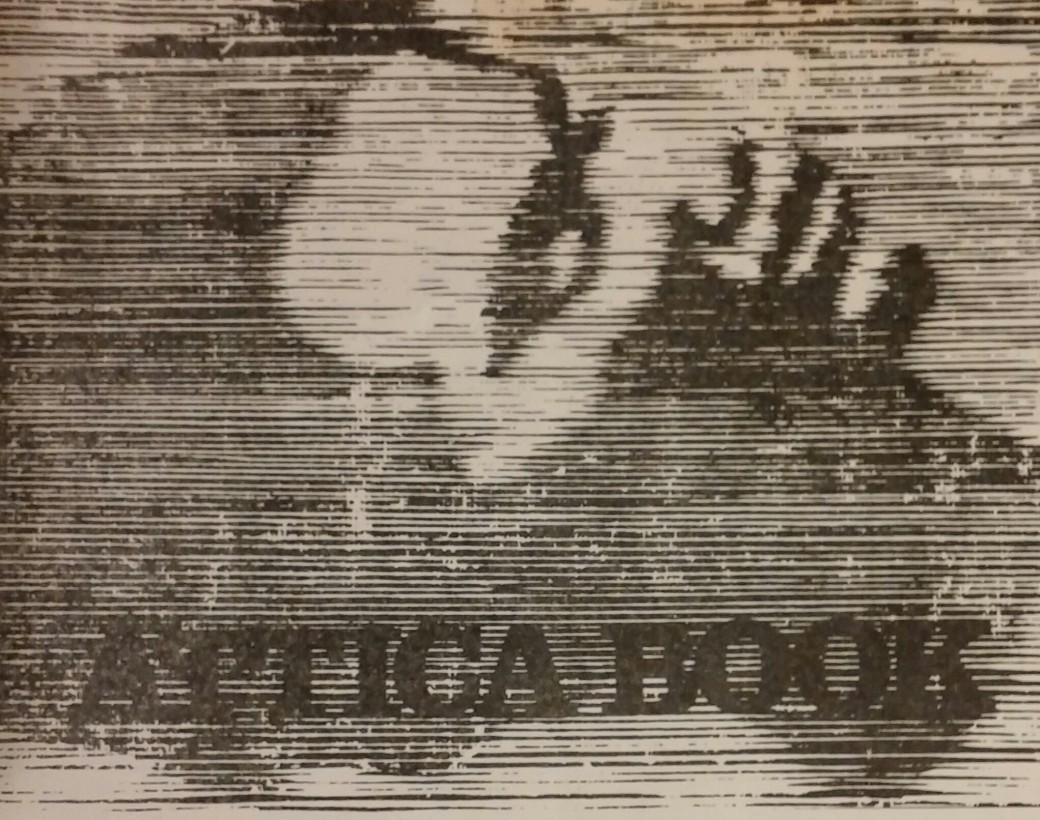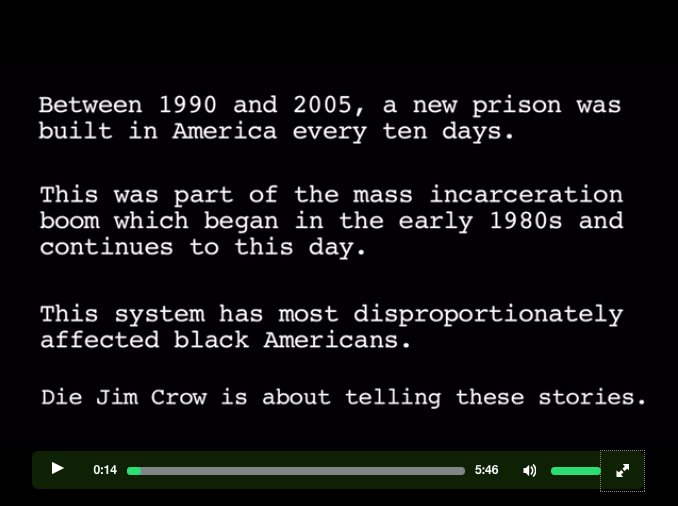
There’s enough evidence to make the point that our prison system is a failure. It is one of the only criminal justice systems within the modernized world where there’s too little focus on rehabilitation. That is not to say that the work of prison activists haven’t created significant models for change within the system. In fact, the focus on the arts and creation of artist run programs has been a major form of rehabilitation and catharsis within American prisons.
In the early 1970s, around the time that Benny Andrews was showing with the Rhino Horn group, he began an arts program inside of the local New York jails. The “Prison Art Program” was developed by the Black Emergency Cultural Coalition (BECC), which Andrews co-founded to advocate to represent African American’s rights within the cultural sector. The Prison Art Program was initiated through a drawing class that Andrews taught inside of the Manhattan House of Detention (known as The Tombs). The program would eventually grow to develop 37 projects in 14 states. The highly influential Prison Art Program enlisted many successful working artists such as Andrews and Faith Ringgold to work with prisoners on art projects.
In 1972, the BECC and the Artists and Writers Protest Against the War in Vietnam published The Attica Book in solidarity with the prison uprising that took place in upstate New York a year earlier. The book featured the work of contemporary artists and poets who were politically active in support of the Peace movement and the Civil Rights movement. Some of the artists included were Rhino Horn co-founders Andrews, Jay Milder, Nicholas Sperakis; and other important political artists such as Leon Golub, Nancy Spero, Jacob Lawrence, Romare Beardon, Faith Ringgold, Duane Hanson, and May Stevens. A major inspiration for this project came from an interaction that Andrews had with a young inmate and art student of his inside the Manhattan House of Detention. The student had expressed apathy at the criminal justice system and stated that no matter what he did, if he got out of jail he’d wind up right back in the penal system because society is skewed for those with offending records. In disenfranchised communities this discourse is sadly commonplace.
Benny Andrews said that “along with losing many of their basic human rights, it seems that prison artists have also lost their right to be considered fine artists, regardless of their artistic accomplishment.” (Quoted in Lee Bernstein’s America is the Prison: Arts and Politics in Prison in the 1970s). Lee Bernstein’s publication gives an incredibly concise overview of the advocacy for artist run programs in U.S. prisons during the 1970s.

Screenshot from the Die Jim Crow Kickstarter campaign.
A current example of how the arts provide a potent message from inside US prisons is the Die Jim Crow concept album. The album gives current and former prisoners the chance to tell their story and express their humanity through music. Fury Young, the project’s founder, has also curated several pop-up exhibitions throughout New York City with the paintings and drawings by incarcerated individuals. I’ve featured some of these exhibitions previously.
Young’s inspiration to take on this epic project began while he was a college student commuting to class on the subway. He was reading Michelle Alexander’s The New Jim Crow and it resonated with him, but also left him feeling detached from the subject. At the time, he was clearly an outsider looking in.
Young states in his narrative about the project’s backstory: “I’m a Jew from the Lower East Side of New York City who has never been to prison. So why did I care? For starters, the book in my hand. I was reading about this very current and domestic human rights crisis, so well researched in Alexander’s book, so beautifully articulated – but I was lacking the personal stories. I wanted to hear it from the folks who were living it.”
In order to construct this album, Fury Young and renowned producer Dr. Israel, embarked across the country to maximum security prisons where they recorded the songs written and performed by inmates. Former inmates provided musical accompaniment and vocals too. At Warren Correctional Institution, a maximum security state prison in Lebanon, Ohio, they also recorded a 22-member choir.
Die Jim Crow is now in production and they need your support to reach their goal. They’ve started a Kickstarter to raise funds to complete the album and distribute it across the country.
Like the “Prison Art Program” did during the 1970s, Die Jim Crow is giving a public voice to the often silenced members of our society through artistic means.
Pingback: Alice Neel, Painter of the People | marthafied